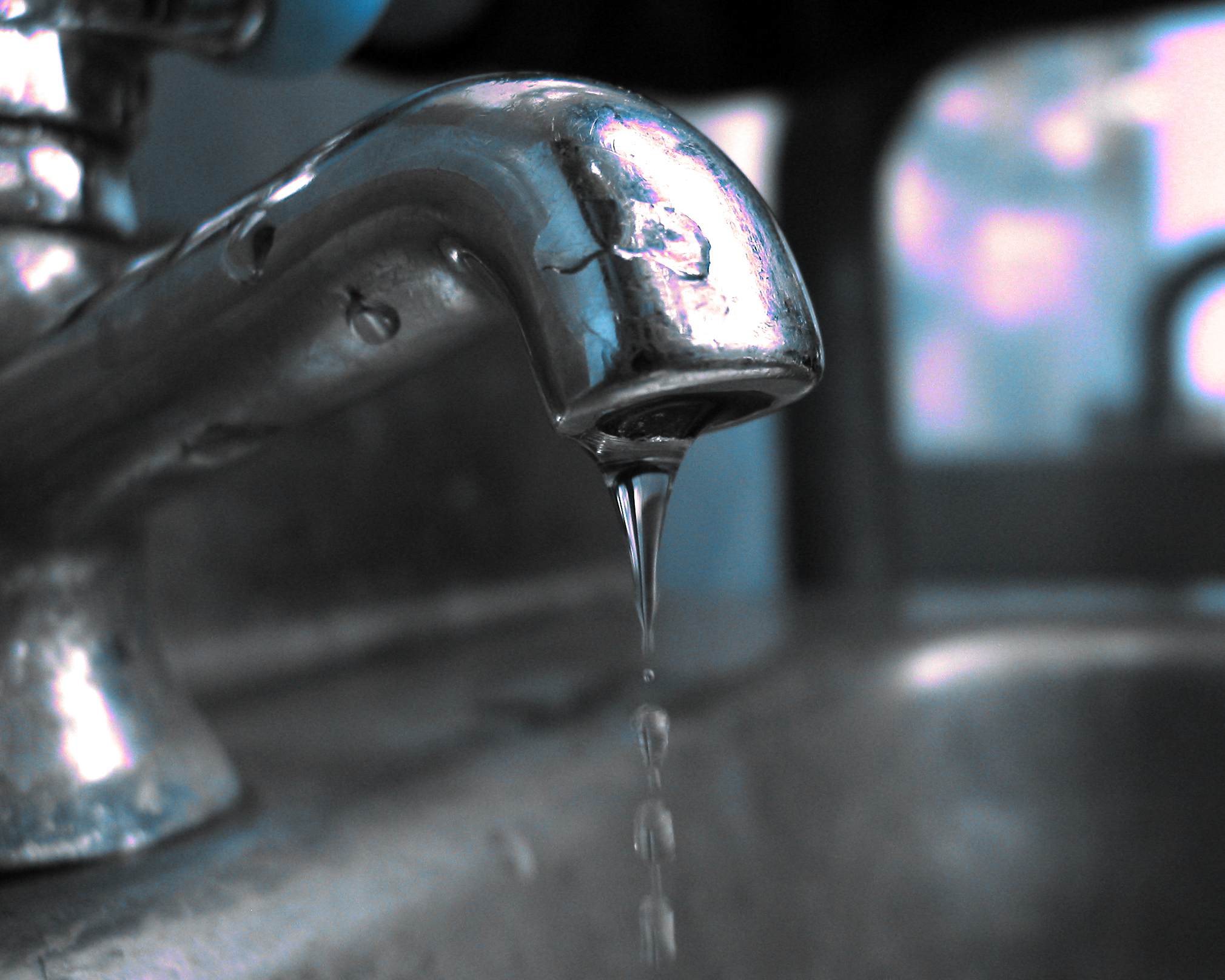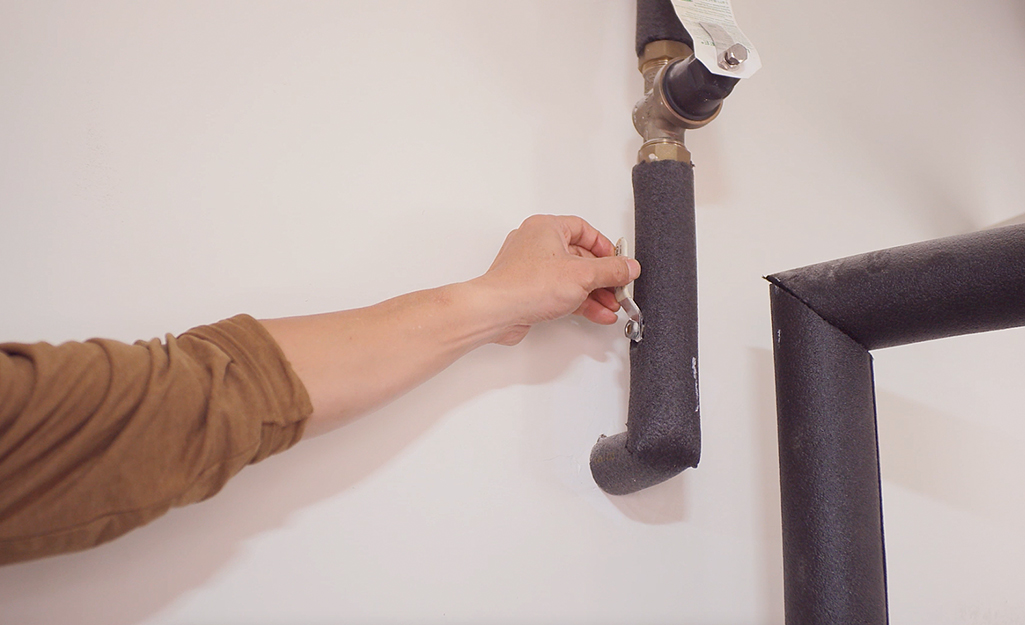How do you feel when it comes to What Causes Leaky Faucets & How To Fix Them?

Trickling taps could appear like a minor inconvenience, but their influence exceeds just the nuisance of the audio. From drainage to incurring unnecessary economic expenses and health and wellness dangers, overlooking a trickling faucet can result in different repercussions. In this post, we'll delve into why it's vital to resolve this common family concern quickly and successfully.
Wastefulness of Water
Ecological Impact
Leaking faucets contribute significantly to water wastage. According to the Environmental Protection Agency (EPA), a single faucet dripping at one drip per second can waste greater than 3,000 gallons of water annually. This not only pressures water sources but likewise impacts communities and wild animals dependent on them.
Step-by-Step Guide to Dealing With a Dripping Tap
Devices Required
Before trying to repair a dripping tap, gather the needed devices, consisting of a flexible wrench, screwdrivers, substitute parts (such as washers or cartridges), and plumber's tape.
Usual Tap Issues and Their Solutions
Recognize the kind of faucet and the certain problem creating the drip. Usual troubles consist of damaged washers, rusty shutoff seats, or faulty O-rings. Describe supplier instructions or online tutorials for detailed support on repair work.
Financial Expenses
Enhanced Water Expenses
Beyond the environmental impact, dripping faucets can inflate water bills considerably. The gathered waste in time equates right into higher energy expenses, which can have been avoided with timely repair work.
Potential Building Damage
Moreover, long term trickling can cause damage to components and surfaces surrounding the faucet. Water buildup can trigger discoloration, deterioration, and also architectural concerns if left neglected, leading to extra repair work expenses.
Health and wellness Issues
Mold And Mildew and Mold Development
The continuous visibility of moisture from a trickling tap develops an ideal environment for mold and mildew and mold growth. These fungi not just compromise indoor air quality however likewise position health and wellness dangers, especially for individuals with respiratory system conditions or allergic reactions.
Waterborne Diseases
Stagnant water in dripping faucets can come to be a breeding ground for germs and other microorganisms, boosting the threat of waterborne diseases. Pollutants such as Legionella microorganisms flourish in stagnant water, potentially causing serious illnesses when ingested or breathed in.
DIY vs. Specialist Repair
Advantages and disadvantages of Do It Yourself Fixing
While some may try to deal with a dripping tap themselves, do it yourself repair services come with their very own collection of challenges. Without proper expertise and devices, DIY efforts can worsen the issue or result in insufficient repair work, extending the trouble.
Advantages of Hiring a Professional Plumber
Hiring a specialist plumber makes sure that the underlying root cause of the trickling tap is resolved properly. Plumbers possess the knowledge and devices to diagnose and fix faucet problems effectively, conserving time and decreasing the risk of more damages.
Ecological Obligation
Private Contribution to Conservation
Taking responsibility for taking care of dripping faucets lines up with wider initiatives toward water preservation and environmental sustainability. Every individual's activities collectively make a considerable effect on maintaining precious sources.
Lasting Living Practices
By focusing on timely repair services and taking on water-saving routines, individuals contribute to lasting living methods that profit both present and future generations.
Safety nets
Regular Upkeep Tips
To stop leaking taps, execute routine upkeep such as cleansing aerators, examining for leaks, and replacing worn-out components immediately. Furthermore, think about installing water-saving tools or updating to much more effective components.
Significance of Prompt Repair Works
Addressing trickling faucets as quickly as they're seen stops additional water wastefulness and prospective damage, ultimately conserving both water and cash in the future.
Influence On Home Value
Perception of Well-Maintained Home
Keeping a residential or commercial property in good condition, consisting of attending to upkeep issues like trickling faucets, improves its regarded worth and charm amongst prospective purchasers or occupants.
Influence on Resale Value
Residences with well-maintained plumbing components, consisting of faucets, command higher resale values in the real estate market. Resolving trickling faucets can add to a positive impact throughout residential property evaluations and negotiations.
Verdict
Dealing with a dripping faucet exceeds simple convenience; it's a vital step towards conserving water, minimizing monetary expenses, and protecting wellness and residential property. Whether through do it yourself repair services or expert support, acting to fix leaking faucets is a small yet impactful means to advertise responsible stewardship of resources and add to a healthier, more sustainable future.
How to Change Tap Washer- Simple Steps for Fixing a Dripping Faucet
Fed up with the incessant drip-drip sound from your tap? Don’t fret! The solution is here. This article presents a step-by-step walkthrough to replace a tap washer and put an end to that irksome dripping. Crafted for DIY enthusiasts seeking a swift and efficient fix, this comprehensive guide ensures you’re covered. Let’s dive in and tackle this issue head-on!
To kick things off, gather the necessary tools and materials for the job. Grab your adjustable wrench, a screwdriver (flathead or Phillips), a fresh tap washer, a replacement O-ring (if needed), plumber’s tape, and a cleaning cloth. These components are vital for a successful tap washer replacement.
Why Change Tap Washer: Reasons for Fixing a Dripping Faucet
A dripping faucet is not just an annoyance; it can also lead to wasted water, higher utility bills, and potential damage to your fixtures. To address this common plumbing issue, changing the tap washer is often the solution. Let’s explore the reasons why you should consider changing the tap washer and the benefits it brings.
Eliminate the Annoying Drip
The primary reason to change a tap washer is to put an end to that irritating drip sound. The constant drip-drip can be a source of frustration and disturb your peace at home. By replacing the tap washer, you can restore tranquillity and enjoy a quiet, peaceful environment.
Save Water and Money
A dripping faucet has the potential to squander a considerable volume of water over time. As per the Environmental Protection Agency (EPA), a solitary faucet that drips at a pace of one drop per second could lead to the wastage of up to 3,000 gallons (11,356 litres) of water annually. By replacing the tap washer and rectifying the drip, you contribute to water conservation and a reduction in your water bill.
Prevent Water Damage
Persistent dripping can lead to water damage in your fixtures and surrounding areas. The constant moisture can cause discoloration, staining, and even structural issues over time. By addressing the drip promptly and changing the tap washer, you can prevent potential water damage and avoid costly repairs or replacements in the future.
Extend the Lifespan of Your Faucet
A worn-out tap washer can put additional strain on the other components of your faucet, leading to premature wear and tear. By replacing the tap washer, you ensure that the faucet operates smoothly and efficiently. This helps extend its lifespan, saving you from the hassle and expense of replacing the entire fixture.
Promote Environmental Sustainability
Conserving water is not only beneficial for your wallet but also for the environment. Every drop of water saved contributes to the conservation of this precious resource. By changing the tap washer and fixing leaks, you play a role in promoting environmental sustainability and reducing water waste.
Step 1- Turn Off the Water Supply Before diving into the repair, locate the main water supply valve and turn it off. This important step ensures that no water flows to the tap while you work on it. By shutting off the water supply, you create a safe and controlled environment for the repair. Step 2- Prepare the Work Area To avoid any mishaps, it’s essential to prepare the work area. Place a plug in the sink’s drain or cover it with a cloth to prevent small parts from accidentally falling in. This precautionary measure will save you from the frustration of fishing out lost screws or washers. Step 3- Remove the Tap Handle Using a screwdriver, gently remove the tap handle. Look for a screw beneath the cap or cover, and unscrew it to detach the handle. In some cases, you may need to pull the handle directly. Set the handle aside in a safe place to avoid misplacing any components. Step 4- Expose the Tap Spindle With the handle removed, you’ll see the tap spindle. To expose the tap assembly, use an adjustable wrench to turn the spindle counterclockwise. Be careful to support the rest of the tap to prevent any strain on the connections. Step 5- Remove the Old Tap Washer Inspect the tap assembly and locate the old tap washer, usually positioned at the base. Depending on the design, you may need to unscrew a retaining nut or remove a screw to release the washer. Take your time and remove the old washer carefully. Dispose of it properly. Step 6- Inspect the Tap Seat Before installing the new tap washer, it’s crucial to inspect the tap seat. This is the surface against which the washer will sit. Look for any signs of damage, such as pitting or corrosion. If you notice any issues, consider using a reseating tool to restore the smoothness of the seat. If in doubt, consult a professional plumber for guidance. Step 7- Install the New Tap Washer Place the new tap washer in the same position as the old one. Ensure it fits snugly and aligns correctly. Refer to the manufacturer’s instructions if necessary, as some tap washers may have specific installation requirements. Securely reassemble any retaining nuts or screws, being careful not to over-tighten them. Step 8- Reassemble and Test Carefully reassemble the tap in the reverse order, making sure all components are tightened properly. Attach the tap handle securely, aligning it with the spindle. Once everything is reassembled, turn on the water supply and test the tap for any leaks. If all is well, congratulations! You’ve successfully changed the tap washer and fixed that pesky drip. Essential Do’s and Don’ts for Changing a Tap Washer
If you’re someone who enjoys handling household repairs and is seeking a quick solution to fix a dripping faucet, changing a tap washer might just be the answer. However, to ensure a successful outcome and avoid potential pitfalls, it’s essential to follow some important do’s and don’ts. By adhering to these guidelines, you’ll be well-equipped to tackle the task effectively and achieve a satisfying result. Let’s explore the common do’s and don’ts for changing a tap washer.
Use the Right Tools and Materials
Securing the right tools and materials is essential for a seamless and trouble-free tap washer replacement. Make sure to have an adjustable wrench, an appropriate screwdriver (flathead or Phillips), a fresh tap washer, a potential replacement O-ring, plumber’s tape, and a cleaning cloth on hand. Utilising correct tools and compatible tap washers streamlines the process, ensuring a proper fit and ultimately leading to a more effective resolution.
Turn off the Water Supply Before Starting
Before embarking on any work, it’s imperative to shut off the water supply to the tap you’re going to work on. This precautionary step prevents any accidents or potential water damage. Locate the shut-off valve under the sink or near the water metre and ensure it is firmly closed. By cutting off the water supply, you create a safe environment to proceed with the tap washer replacement.
Follow the Manufacturer’s Instructions, if Available
If your tap includes detailed instructions from the manufacturer, it’s strongly recommended to adhere to them meticulously. Manufacturers often offer valuable insights and tailored step-by-step directions for their products. By following these instructions, you can ensure the accurate completion of the replacement process and attain the best possible outcomes.

Hopefully you enjoyed reading our section about What Causes Leaky Faucets & How To Fix Them. Thanks so much for finding the time to read our post. Those who appreciated our page please do not forget to pass it around. Thanks for going through it.